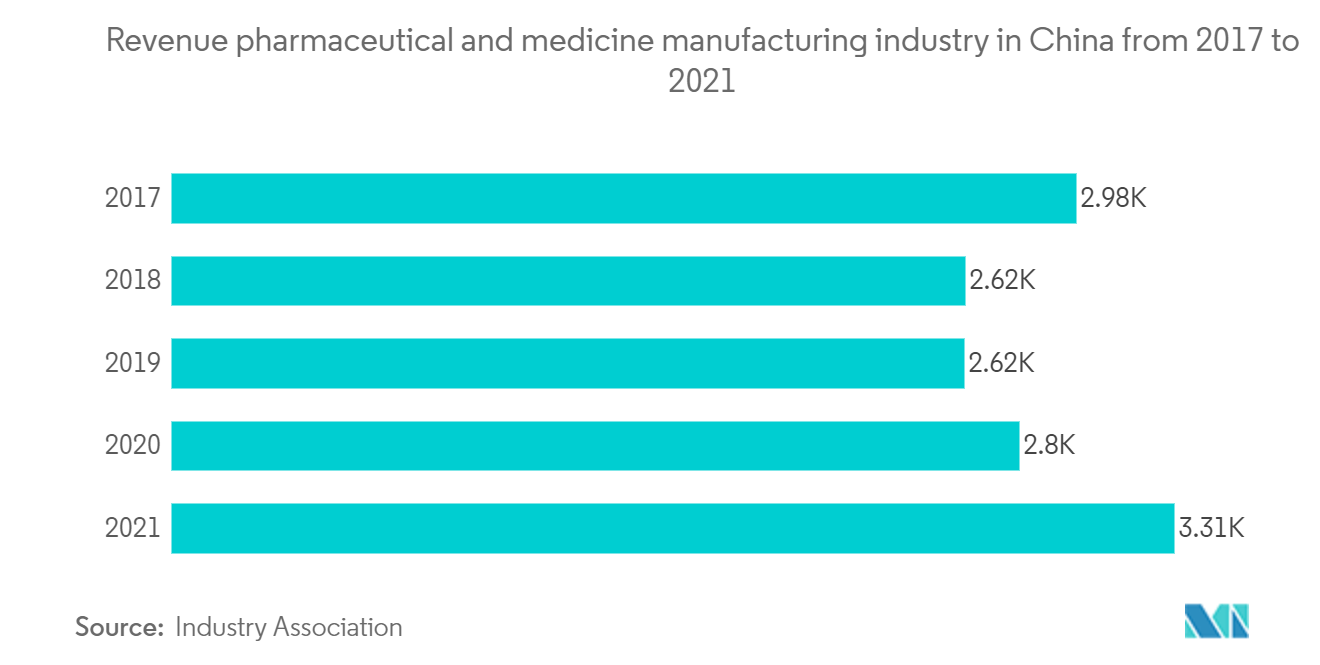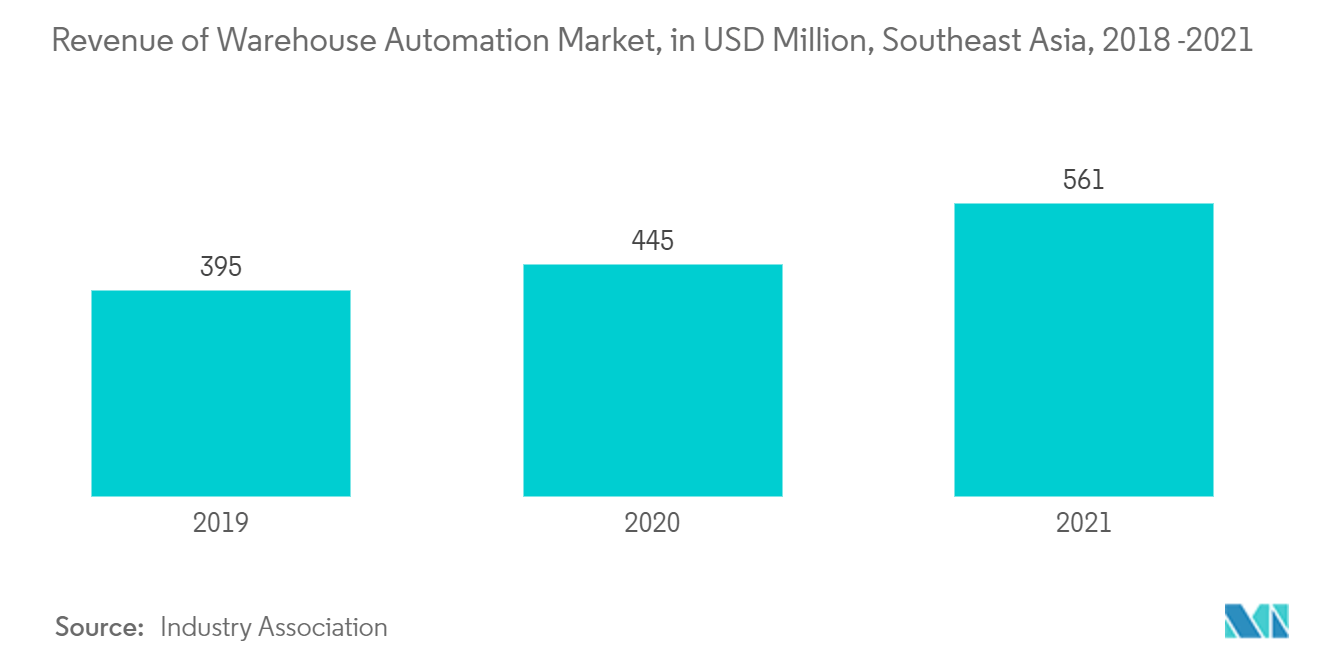Market Trends of Asia-Pacific Healthcare Cold Chain Logistics Industry
This section covers the major market trends shaping the APAC Healthcare Cold Chain Logistics Market according to our research experts:
Growth in the Pharmaceutical Sector Driving the Market
Pharmaceutical manufacturers in the Asia-Pacific region are increasingly focusing on product quality and sensitivity. Factors such as the development of complex biological-based medicines and the shipment of hormone treatments, vaccines, and complex proteins that require cold chain refinements result in the need for temperature-controlled transportation and warehousing. Long associated with the term "pharming," which refers to the rapid expansion of underdeveloped markets from modest starting points, are China, India, and other important Asian countries. But that's not the case now. Asia has had rapid expansion over the last ten years and is now the hub of the world's pharmaceutical business, driving advancement, growth, and future growth. China and Japan are currently the second- and third-largest pharmaceutical marketplaces in the world, respectively, in terms of market size and scope. Over the past ten years, China in particular has experienced robust and steady annual double-digit growth, supported by continued infrastructural development, rising healthcare investment and coverage, and a supportive regulatory framework. With their enormous populations and powerful drivers, India, Indonesia, Vietnam, and Thailand also exhibit great potential.
The temperature-controlled logistics of pharmaceuticals and medical devices is a part of the healthcare logistics industry that is growing very quickly.During the COVID-19 crisis, cold chain logistics is playing a vital role for the pharmaceutical sector, while increasing concern for health is expected to support the growth of the Asia-Pacific healthcare cold chain logistics market.
The Japanese pharmaceutical market is expanding to become the world's second-largest. Foreign direct investments (FDI) have steadily increased in the Japanese pharmaceutical sector over the years, assisting the country in establishing a global presence. Japan is home to four of the world's top 25 pharmaceutical companies.
An increase in the need for effective cold chain logistics services to maintain the quality of goods is fueling the growth of the market. In addition, the entire cold chain and logistics for the pharmaceutical industry are becoming more strategic and reliable. High-value pharmaceutical products are mostly shipped via cold chain solutions across the entire distribution network, thereby driving the growth of the market in Asia-Pacific. As Asia accounts for a larger and larger share of their global revenues and, more crucially, the majority of their growth, many multinational pharmaceutical firms are witnessing this personally. They normally receive 20% to 30% of their 2021 sales from Asia, with China accounting for almost half of that total.

Increase in Number of Refrigerated Warehouses
The COVID-19 pandemic has caused a big change in how the supply chain works. As a result, more high-end digital technologies are being used to improve operational efficiency and address health concerns.The changing logistics industry outlook, the requirement for substantial cost optimization, and optimum inventory management are anticipated to support the growth of the Asia-Pacific healthcare cold chain logistics market.
Japanese logistics companies are putting their years of experience to use in Southeast Asia by building modern warehouses with features like temperature controls to meet the changing needs of local consumers.As people's incomes rise in Asia, they expect their online shopping orders to arrive faster. This means that warehouses need to be handled automatically to save time and have strict temperature controls to keep goods fresh.
Thailand is the Asian country with the most advanced warehouses. Indonesia, with a population of over 270 million people, has enormous potential but has fallen behind in logistics development, owing in part to the transportation constraints posed by the country's numerous islands. However, demand from domestic market-focused enterprises is growing.
Businesses are investing millions of dollars in their cold chain operations to create effective, efficient, and reliable processes, as end-to-end cold chain security is the weak link in the system. Moreover, the number of refrigerated warehouses is increasing, owing to a surge in demand for food and pharmaceutical products in the Asia-Pacific region. Therefore, an increase in refrigerated warehouses is anticipated to boost the growth of the Asia-Pacific healthcare cold chain logistics market.

